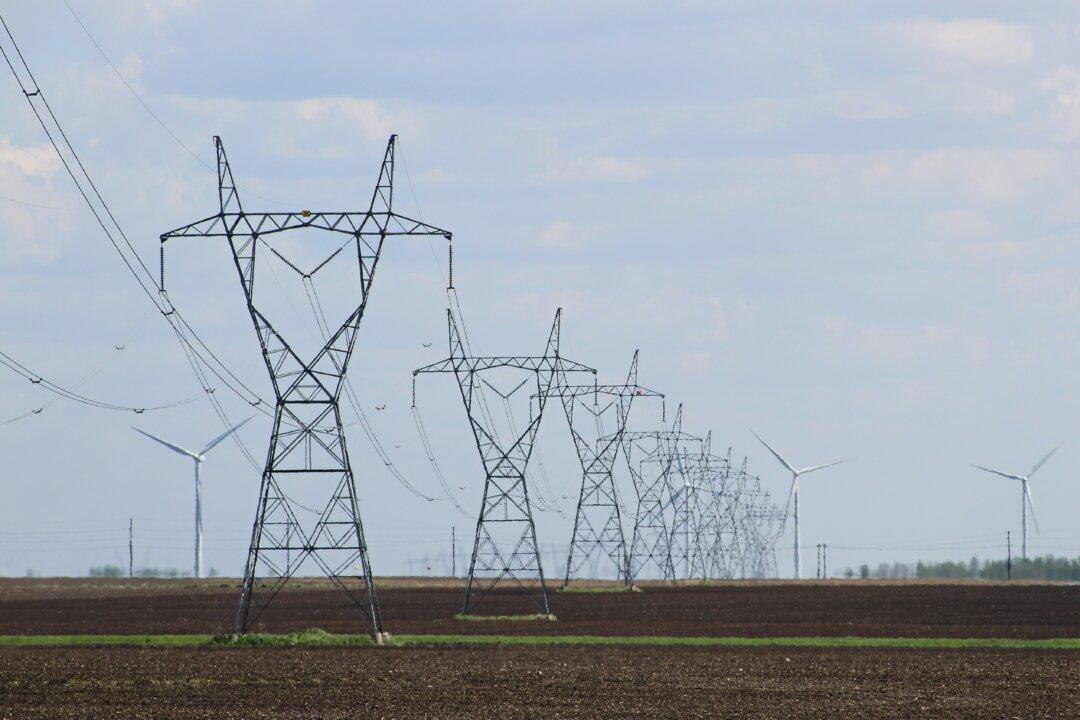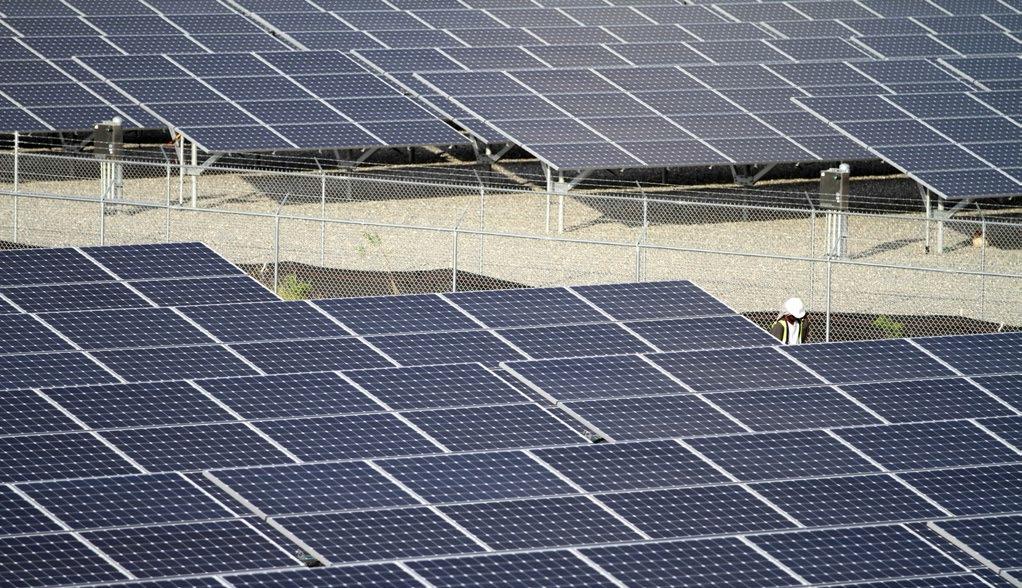Commentary
According to a recent article published in The Conversation, installing millions of storage batteries distributed through the grid—in homes, businesses, and local communities—coupled with wind and solar generation, can avoid investments in new transmission infrastructure. But unless installing those batteries is accompanied by physically disconnecting from the grid—or unless consumers are willing to forgo reliable electricity—this claim is yet another example of electricity “magical thinking.”





